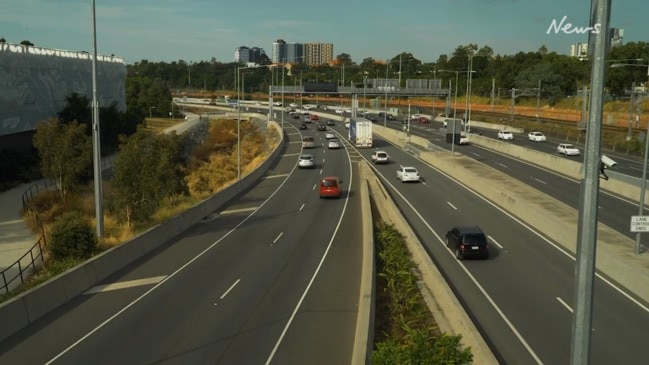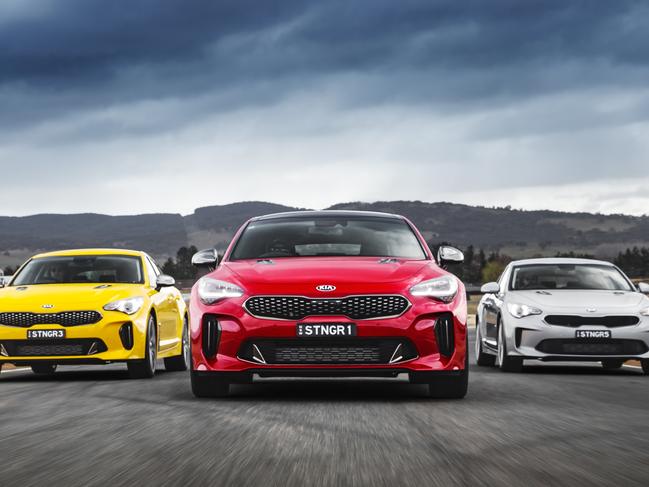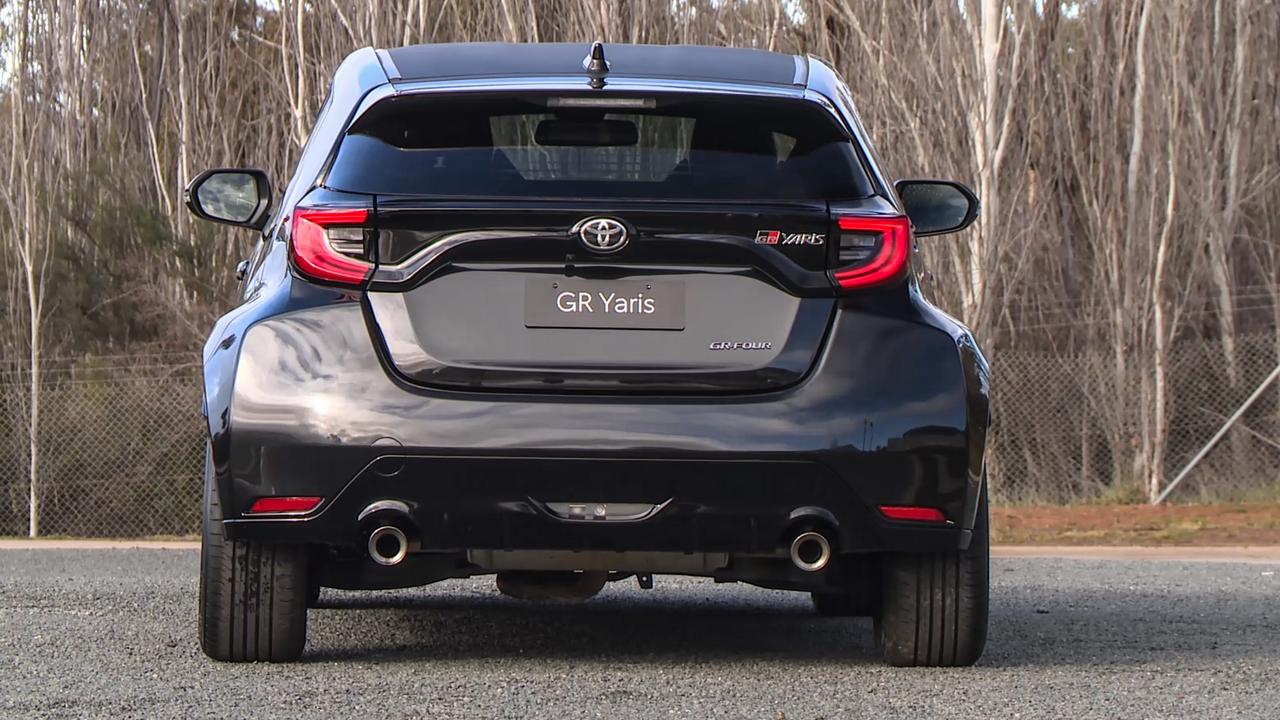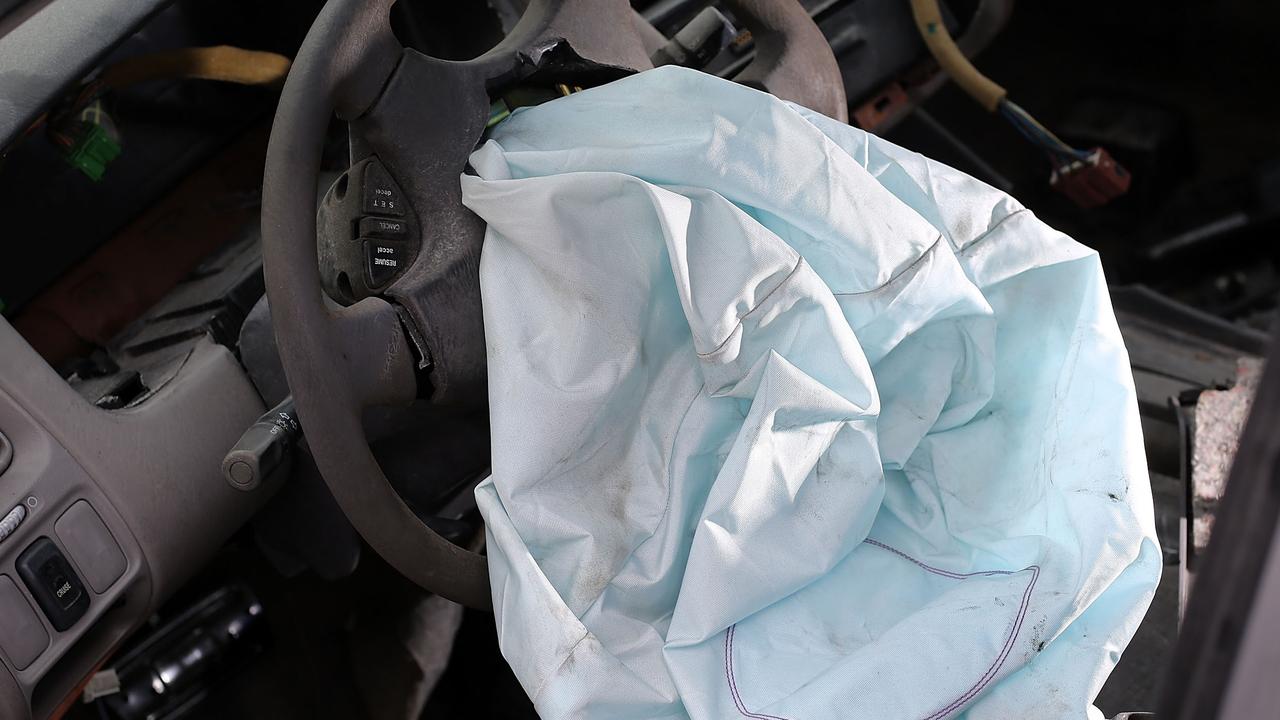Dark-coloured cars are more accident-prone, study finds
The colour of your car makes a major difference to your safety on the road, experts say. See which car colours are the safest and which are more likely to get you into trouble.

Motoring news
Don't miss out on the headlines from Motoring news. Followed categories will be added to My News.
Australian drivers are prioritising looks over safety when choosing the colour of their cars.
Vehicle insurance data shows many drivers prefer black, silver, grey or other dark-coloured cars statistically proven to be at a higher risk of crashes.
Vehicle safety expert Dr Stuart Newstead of the Monash University Accident Research Centre (MUARC) said drivers who want the safest car possible should choose “colours that are high-contrast with their environment”.
“White, orange, yellow seem to perform well,” he said.
“If you choose darker colours, you’re possibly about 10 per cent higher at risk of a crash because people can’t see you.”
A MUARC study found there was both “a clear statistically significant relationship between vehicle colour and crash risk”, and that lower visibility colours have “higher risks of more severe crashes”.

It found orange cars were statistically the least likely to be involved in a crash, performing better than white, yellow or darker-coloured vehicles – except for at dawn and dusk.
At sunrise and sunset, orange cars were at a higher risk of collisions than white or yellow cars.
Only black and grey vehicles proved less likely to be involved in a collision at sunrise or sunset, making white or yellow a safer bet.
Dr Newstead’s team found yellow cars were less likely to be involved in a crash than white vehicles during daylight hours.
Further examination of Victorian crash data found yellow cars were less likely to be involved in collisions resulting in injuries.
Robert McDonald, research manager for NRMA Insurance, said its own data shows darker cars were about 10 per cent more likely to be in a crash than white or yellow machines.
“We found that yellow and white cars have less chance of being involved in not-at-fault collisions,” he said.
“It was only a small variation, but it was significant.
“Silver isn’t great, it blends into background. We asked people to avoid dark blues, greys and greens.”
Dr Newstead and Mr McDonald both felt the prevalence of daytime running lights on newer cars made cars more visible regardless of colour.
Data from Compare the Market shows yellow cars represented around 2 per cent of car insurance quotes in 2018.

White was the most popular colour, representing 28 per cent of inquiries, followed by 18 per cent for silver and 15 per cent for black.
It said black cars cost about $20 per a year more to insure than white.
Mr McDonald said matte-finish colours offered by some manufacturers may be less visible to other motorists as well as being more expensive to repair.
Dark metallic colours are also more expensive to repair than plain colours.
“A lot of the car colours now are very complicated and are more of challenge than they used to be – often repairers have to bend the panels more than they used to,” Mr McDonald said.
“Some of those nice metallic reds you see are very difficult to match.
“People should give that a bit of consideration.”
Originally published as Dark-coloured cars are more accident-prone, study finds


